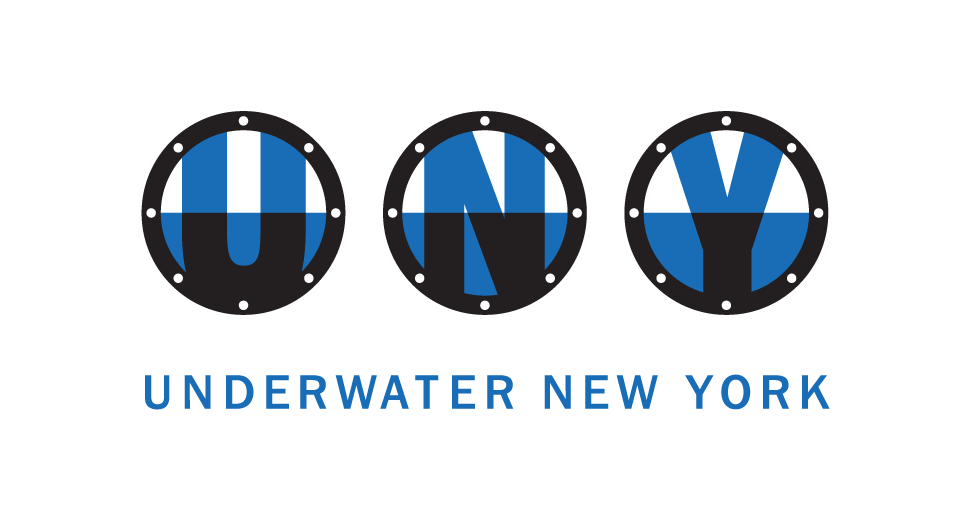The Orisha of Iron, or How the Horseshoe Came Back to Homeboy
Homeboy did everything he was told to do.
He asked which Orisha was the one for iron.
He found out it was the same one for war.
He took this as a sign.
He said some words and danced when nobody was looking.
He found some beads and started wearing them.
He did not make the connection between tricksters and St. Anthony.
He listened to Aguanile, and was really feeling it.
On a dead run, he flung a horseshoe into the river.
He tripped and fell by the bank and swore he heard laughing.
It was a sign when they came to kill him.
There was a reason for the iron he let fly like rain.
He was protected by something greater.
He had faith in this,
even when the policia broke the door down
and flung his protected ass to the kitchen tile.
The orisha of iron is in these bars.
He said, I will not stay here.
And he didn’t. But the orisha of iron
kept him for fifteen years anyway.
He was protected from something.
Upon release, he came back to the river,
Still wondering where he went wrong.
When he got there, an old man in yellow waders
plucked an old horseshoe out of the mud.
“I think you dropped this, brother,”
he said.
Objects
Body Of Water
About the Artist
Rich Villar is a writer originally from Paterson, New Jersey. He directs Acentos, an organization fostering audiences and community around Latino/a literature. He has been quoted on Latino literature and culture by both The New York Times and the Daily News, and his poetry and essays have appeared or are forthcoming in Black Renaissance Noire,Hanging Loose, Beltway Poetry Quarterly, Amistad, Latino Poetry Review, and the acclaimed chapbook series Achiote Seeds. Since 2003, he has served as co-curator and facilitator for the Acentos Bronx Poetry Showcase and the Acentos Writers’ Workshops, both in the South Bronx. His first collection, Comprehending Forever, is a finalist for the 2013 Willow Books Literature Award for poetry.
